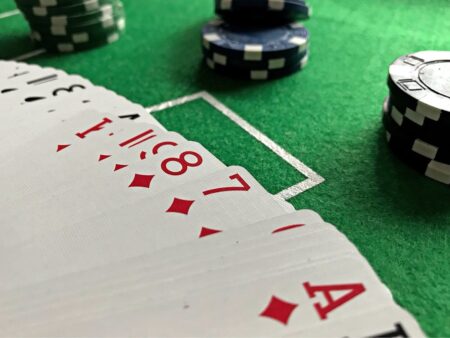Poker is a game rich with strategy, psychology, and nuance. One aspect that often sparks debate among players is the practice of “slow rolling.” While some see it as a masterful strategic tool, others view it as an unnecessary annoyance. In this blog post, we’ll delve into what slow rolling entails, its psychological underpinnings, and whether it can be considered a beneficial tactic in your poker repertoire.
What is Slow Rolling?
Slow rolling occurs when a player intentionally takes a long time to reveal their cards during the showdown phase of a hand, typically after the river has been dealt. Instead of flipping over their cards quickly, they pause, perhaps glancing at their opponent or making a show of deliberation. This tactic is most commonly observed in live poker games, where the physical act of turning over cards can be more deliberate.
The Psychology Behind Slow Rolling
The psychology behind slow rolling is rooted in strategic thinking and emotional manipulation. Here’s how it works:
- Creating Drama : Slowing down the reveal can heighten tension, making the moment more dramatic. This can leave a lasting impression on your opponents, associating you with a strong, calculated player.
- Psychological Warfare : By taking your time, you’re forcing your opponent to wait longer than they might be comfortable with. This can lead them to overthink their hand or second-guess their decisions, potentially leading them to fold when they otherwise might have called.
- Impression Management : Slow rolling can make you seem more composed and in control, reinforcing the image of a tough, unreadable player at the table.
Is Slow Rolling a Good Strategy?
The effectiveness of slow rolling is subjective and depends on the context:
- Building a Table Image : If you’re known for slow rolling, it can intimidate opponents and make them think twice before challenging you. However, this strategy works best when combined with consistent, strong play to back up your image.
- Specific Situations : Slow rolling is particularly effective in situations where you’re certain you have the better hand or when you’re trying to induce a fold from a cautious opponent.
- Risks : Overusing slow rolling can lead to frustration among tablemates and may even result in you being labeled as “icky” or uncooperative, which isn’t ideal for long-term game dynamics.
How to Handle Slow Rolls
If you find yourself on the receiving end of a slow roll, here are some tips:
- Stay Patient : Try not to let it rattle you. Focus on your own hand and decisions rather than being annoyed by someone else’s tactics.
- Observe Opponent Behavior : If an opponent is slow rolling frequently, use it as information about their playing style. They might be trying to build a certain image or manipulate the table dynamics.
- Communicate if Necessary : In friendly games, a gentle reminder about keeping things moving can help maintain a positive environment without causing hard feelings.
Conclusion: Mastering Slow Rolls
While slow rolling isn’t for everyone, understanding its potential benefits and drawbacks can help you make informed decisions at the table. Whether you choose to incorporate it into your game or avoid it, awareness is key. Remember, poker is as much about reading opponents as it is about playing cards—every tactic, including slow rolling, has its place in this ever-evolving strategic landscape.
By staying observant and adaptable, you can navigate the nuances of poker and decide whether slow rolling aligns with your playstyle. Happy rolling!











